Imagine a world where darkness reigns, temperatures hover near freezing, and the very water itself presses down with the weight of a skyscraper at every square inch. This is not a scene from a science fiction novel, but the mysterious reality of the deep sea. Here, life thrives against all odds, flourishing in conditions that would instantly crush most living things. What secrets do these extraordinary creatures hold that let them survive where human technology still struggles? Let’s dive beneath the waves and explore the marvels of deep-sea survival—where the pressure is literally on.
The Relentless Weight of the Deep
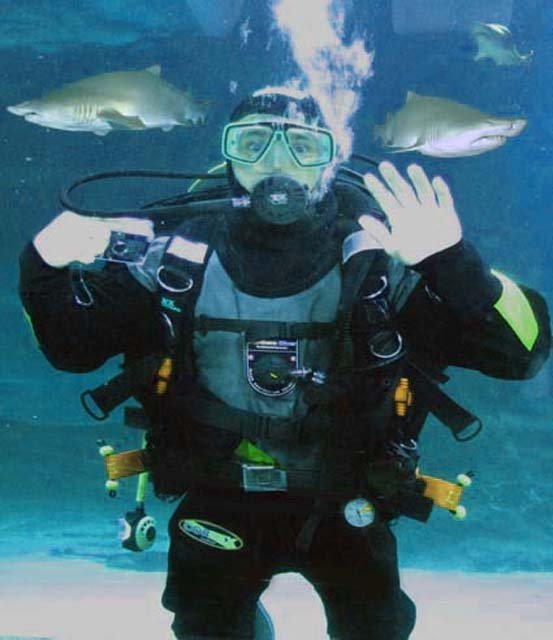
The pressure in the deep ocean is almost unimaginable. For every 10 meters you descend, the pressure increases by one atmosphere—about 14.7 pounds per square inch. At depths of 1,000 meters, that’s 100 times the pressure at sea level. Go deeper, and the numbers get even more staggering. This kind of pressure would crush a submarine not designed for the depths. Yet, deep-sea creatures move effortlessly, as if the crushing force is nothing more than a gentle hug. How do they do it? Their bodies have evolved remarkable adaptations that make them almost immune to the relentless squeeze of the abyss.
Flexible, Not Fragile: The Secret of Soft Bodies

Many deep-sea animals, like the famed blobfish, have bodies with very little rigid structure. Instead of bones, they rely on jelly-like tissues that can compress without breaking. This flexibility means there’s nothing to shatter or collapse under pressure. Imagine squeezing a marshmallow—no matter how hard you press, it just changes shape, not structure. That’s the secret behind many deep-sea denizens: give in a little, and you survive a lot.
Water-Filled Cavities: Nature’s Internal Balance
Unlike humans, whose bodies have air-filled spaces that would implode at depth, most deep-sea creatures are filled with water. Water is nearly incompressible, so it helps balance the outside pressure. This means their insides and outsides are at almost equal pressure, so there’s no dangerous difference trying to crush them. It’s a bit like having a water balloon at the bottom of a pool—it doesn’t get squished because the water inside matches the water outside.
Proteins Built for Pressure
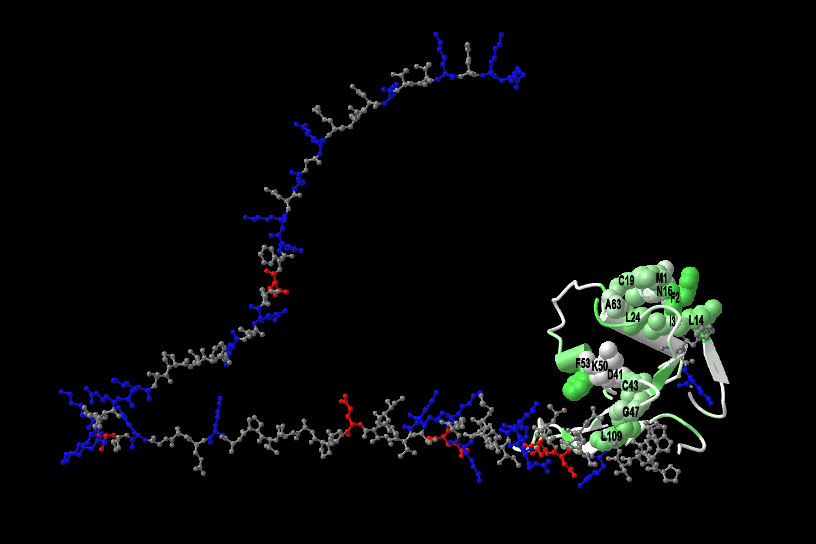
Life at great depths requires more than just a lack of bones. Deep-sea creatures have proteins and enzymes that are uniquely structured to function under immense pressure. These molecules are more compact and stable, so they don’t unravel or stop working when squeezed. It’s like having tools made of titanium instead of plastic—they hold up even when the going gets tough. Without these specialized proteins, the basic chemistry of life would grind to a halt in the deep.
Cell Membranes: Fluid in the Face of Force
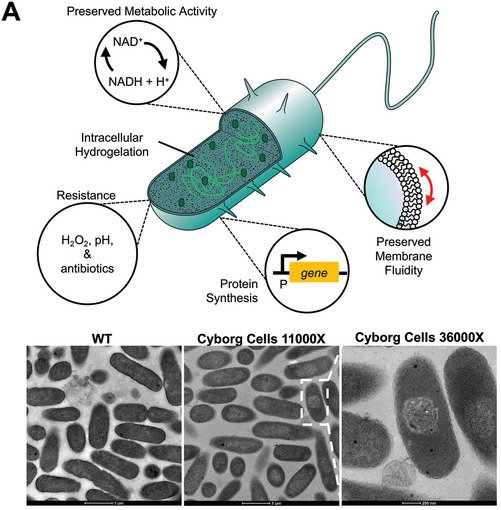
Cell membranes are critical for life, acting as barriers and gatekeepers. In the crushing depths, normal membranes would become rigid, disrupting cell function. Deep-sea creatures have adapted by filling their membranes with special “unsaturated” fats, which stay fluid even under pressure. It’s similar to how olive oil remains liquid in the fridge while butter hardens. This keeps their cells flexible and functioning, no matter how deep they go.
Osmolytes: The Pressure Protectors
One of the deep sea’s best-kept secrets is the use of tiny molecules called osmolytes. These compounds, like trimethylamine N-oxide (TMAO), help protect proteins and other cellular machinery from being squashed out of shape. TMAO is sometimes called the “molecular armor” of the deep. The deeper the creature, the more TMAO it tends to have. This relationship is so consistent that scientists can estimate how deep a fish lives based on its TMAO levels.
Collagen and Connective Tissues
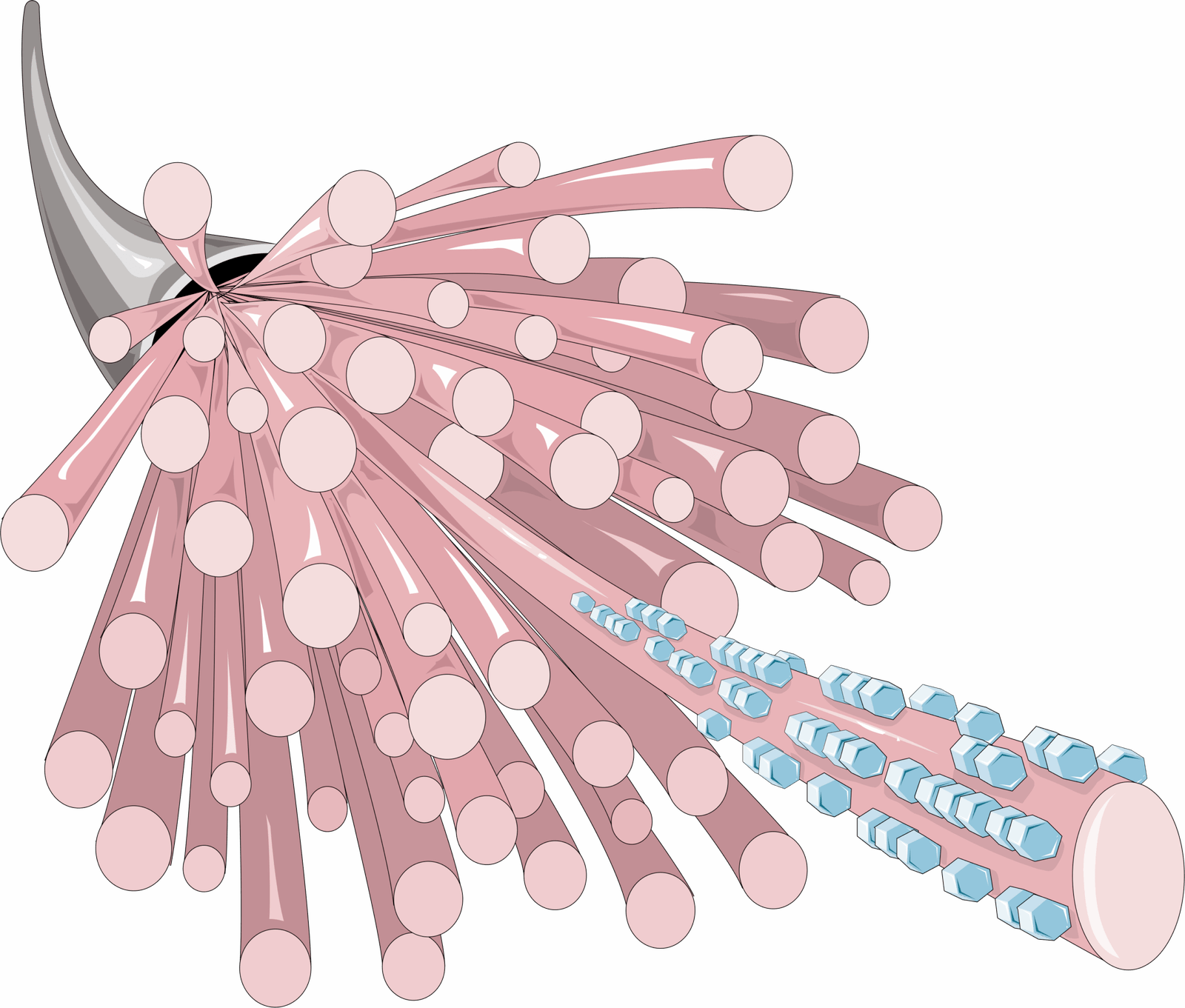
Connective tissues, especially collagen, play a huge role in deep-sea survival. In surface animals, collagen is relatively stiff, helping to hold things together. But in deep-sea species, collagen is much more flexible and loose, allowing their bodies to withstand compression. Think of it as swapping out steel cables for bungee cords—what might snap on land can stretch and flex in the deep, absorbing the pressure with ease.
Eyes for the Abyss: Adapting to Darkness and Pressure
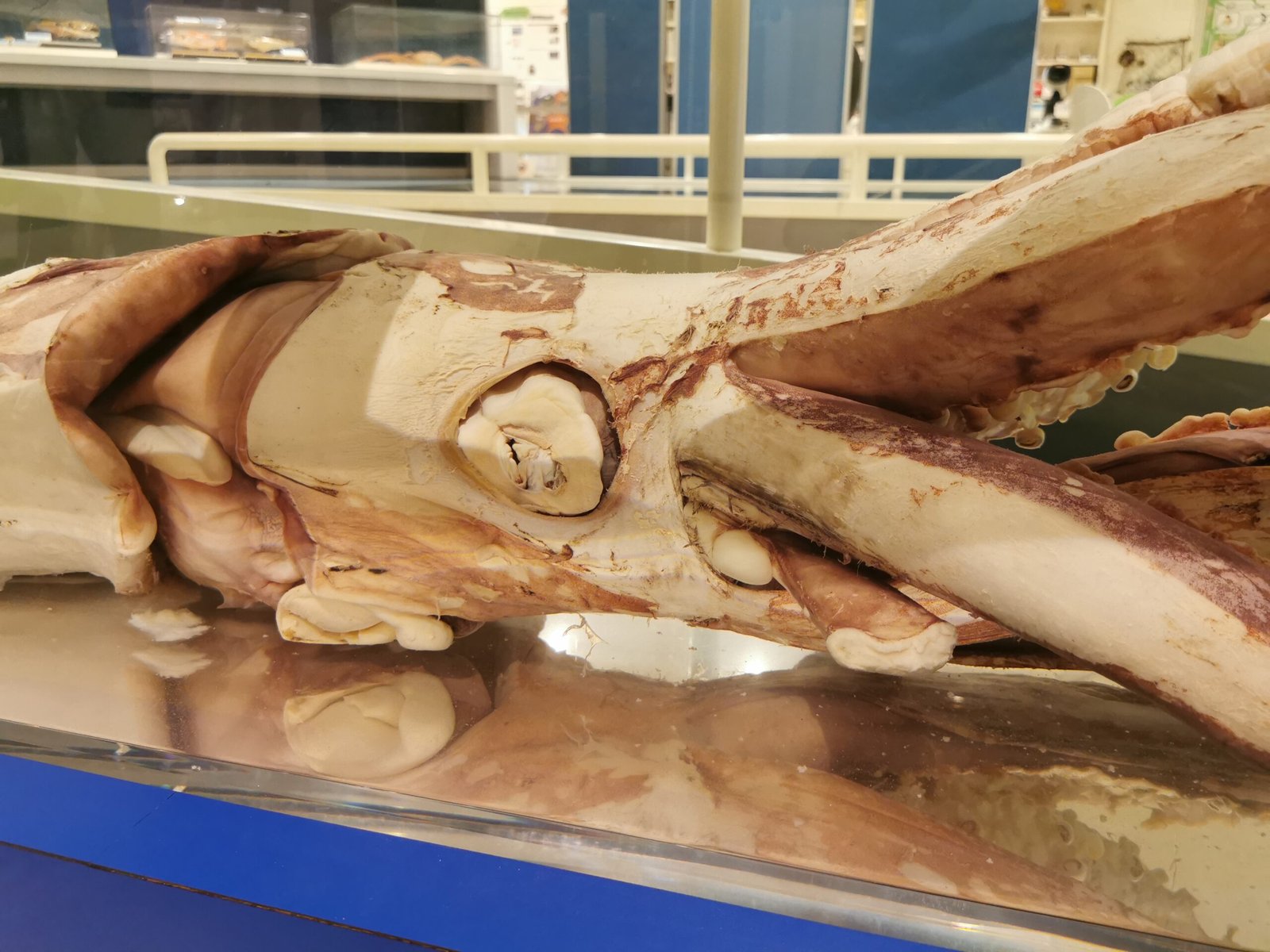
Many people don’t realize that the eyes of deep-sea creatures are also adapted for pressure. Some species have reduced or even lost their eyes entirely, relying on other senses instead. Others have developed large, light-sensitive eyes with specialized protective layers to withstand pressure. The infamous giant squid, for example, boasts the largest eyes in the animal kingdom, perfect for spotting faint glimmers of bioluminescence in the inky black.
Bioluminescence: Lighting Up Under Pressure
Living in darkness, many deep-sea creatures have evolved the ability to produce their own light, a phenomenon known as bioluminescence. This isn’t just for show—it helps them attract prey, find mates, or communicate. The enzymes and chemicals involved in this glowing magic must work flawlessly even under crushing pressure, another testament to the deep’s remarkable biochemistry.
Slow Metabolisms: Conserving Energy in Extreme Conditions
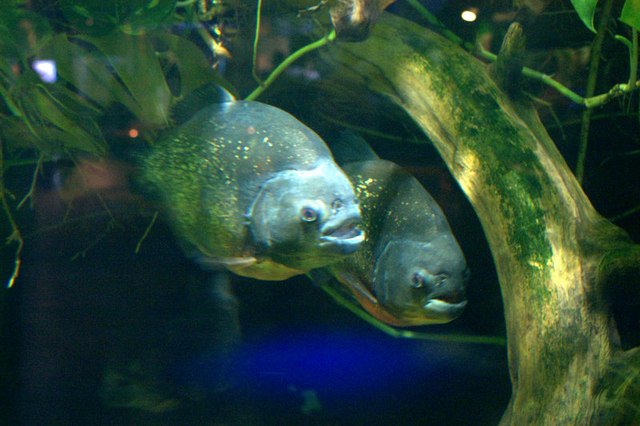
With food so scarce and pressure so high, many deep-sea animals have extremely slow metabolisms. They move sluggishly, eat rarely, and can go weeks or even months without a meal. This slow pace isn’t laziness—it’s survival, allowing them to make the most of the little energy they can find. It’s like running your phone on low battery mode, stretching every bit of power as far as it can go.
Extreme Temperatures and Pressure—A Double Challenge
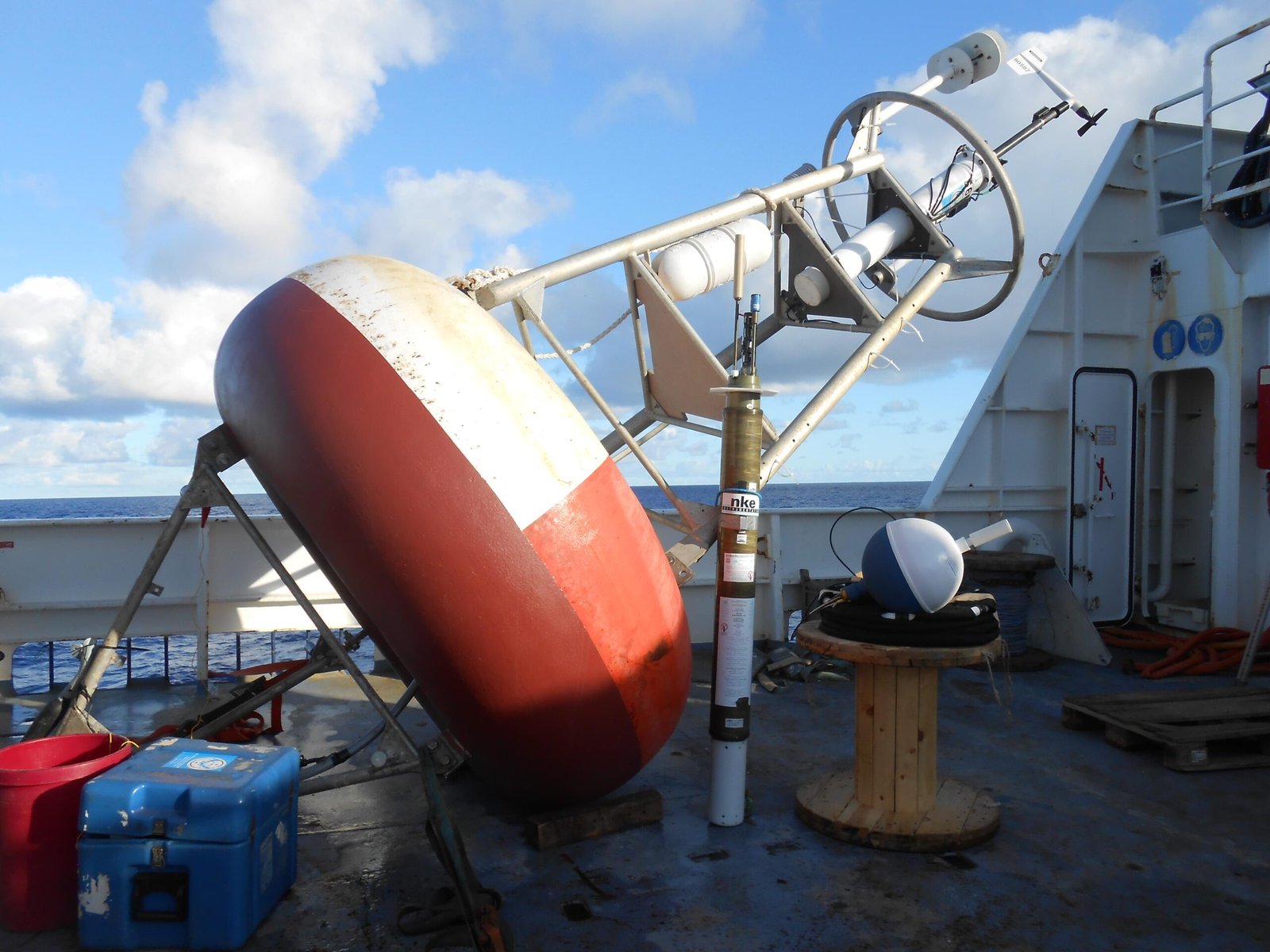
It’s not just the pressure that’s tough—temperatures in the deep ocean hover near freezing. Deep-sea life has to battle both intense cold and crushing force. Their enzymes are not only pressure-resistant but also cold-adapted, allowing them to carry out life’s chemistry at a snail’s pace. This double adaptation is one of the most astonishing feats in the natural world.
The Role of Symbiotic Relationships
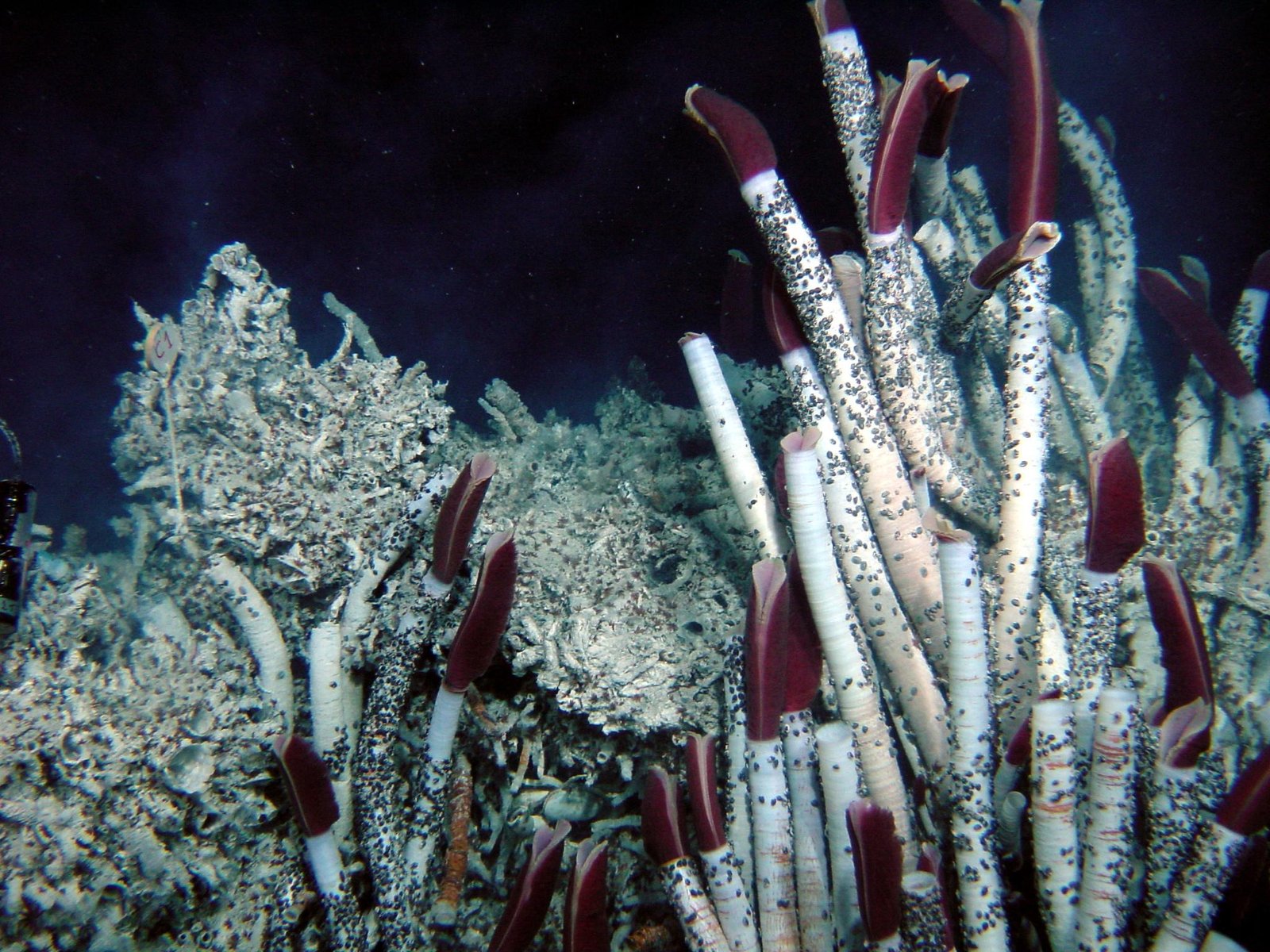
Surviving in the deep often means teaming up. Many deep-sea creatures rely on symbiotic relationships with bacteria, especially those living near hydrothermal vents. These bacteria can turn toxic chemicals into energy, a process called chemosynthesis. The host animals provide shelter, while the bacteria act as tiny power plants—an extraordinary partnership that helps both survive where sunlight never reaches.
Unique Feeding Strategies: Making the Most of Scarcity
Food is rare in the deep, so creatures have developed ingenious ways to find and eat it. Some, like the gulper eel, have massive jaws and stomachs to swallow prey much larger than themselves. Others, like the anglerfish, use bioluminescent lures to attract dinner right to their mouths. Every meal is a hard-won prize, and nothing goes to waste in this world of eternal night.
Surviving the “Pressure Cooker” Birth
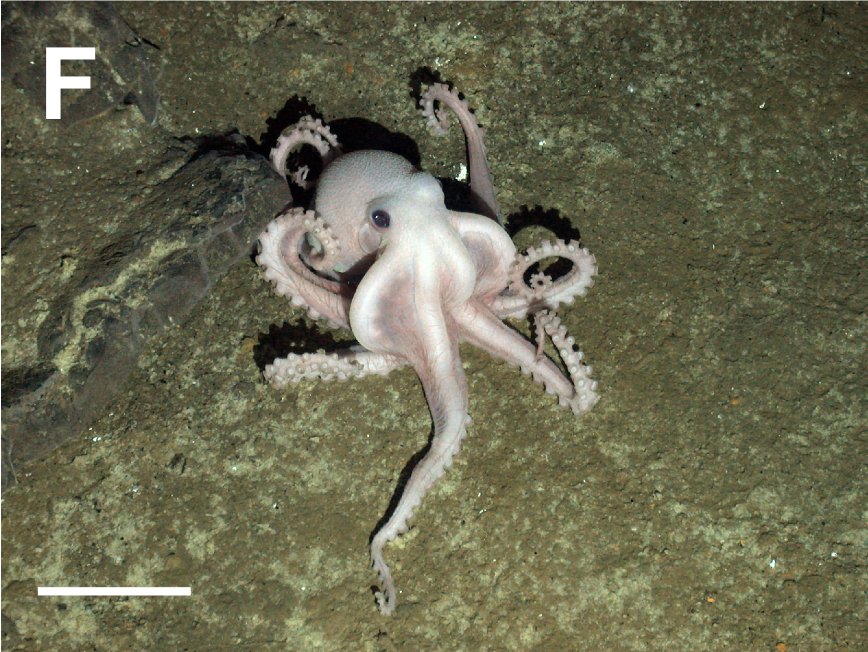
Reproduction at depth is a challenge. Many deep-sea animals lay eggs with tough, pressure-resistant shells, or give birth to live young that are already adapted to the crushing environment. Some species even guard their eggs for years, like the deep-sea octopus that broods her clutch for an astonishing four and a half years—the longest known of any animal. It’s a delicate balance between fragility and fortitude.
Shells and Armor: When Hardness Helps
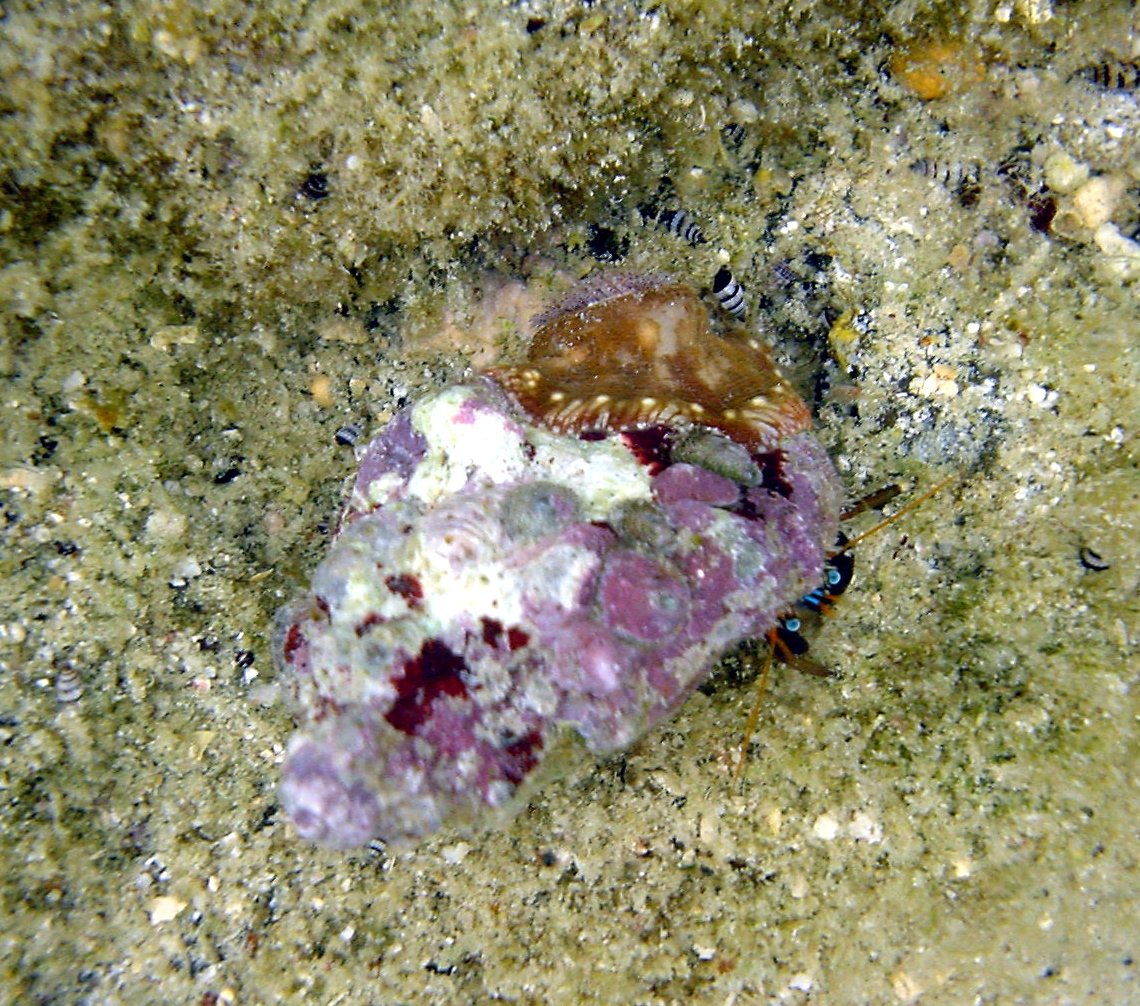
While many deep-sea animals are soft-bodied, some, like certain deep-sea crabs and mollusks, have evolved shells or exoskeletons that can withstand immense pressure. These shells are often thinner and more flexible than their shallow-water relatives, preventing them from shattering. It’s a perfect example of evolution tweaking an old design for a new, extreme environment.
The Absence of Air: Adaptations for Oxygen Scarcity
With little dissolved oxygen in the deep, animals have to be experts at extracting and using every last molecule. Many have specialized gills or blood pigments that grab and hold onto oxygen efficiently. Some even have the ability to survive for long periods with almost no oxygen at all, slowing their metabolism to a crawl. These strategies let them persist where breathing is a nearly impossible task.
Hydrothermal Vent Life: Thriving in Toxicity and Pressure
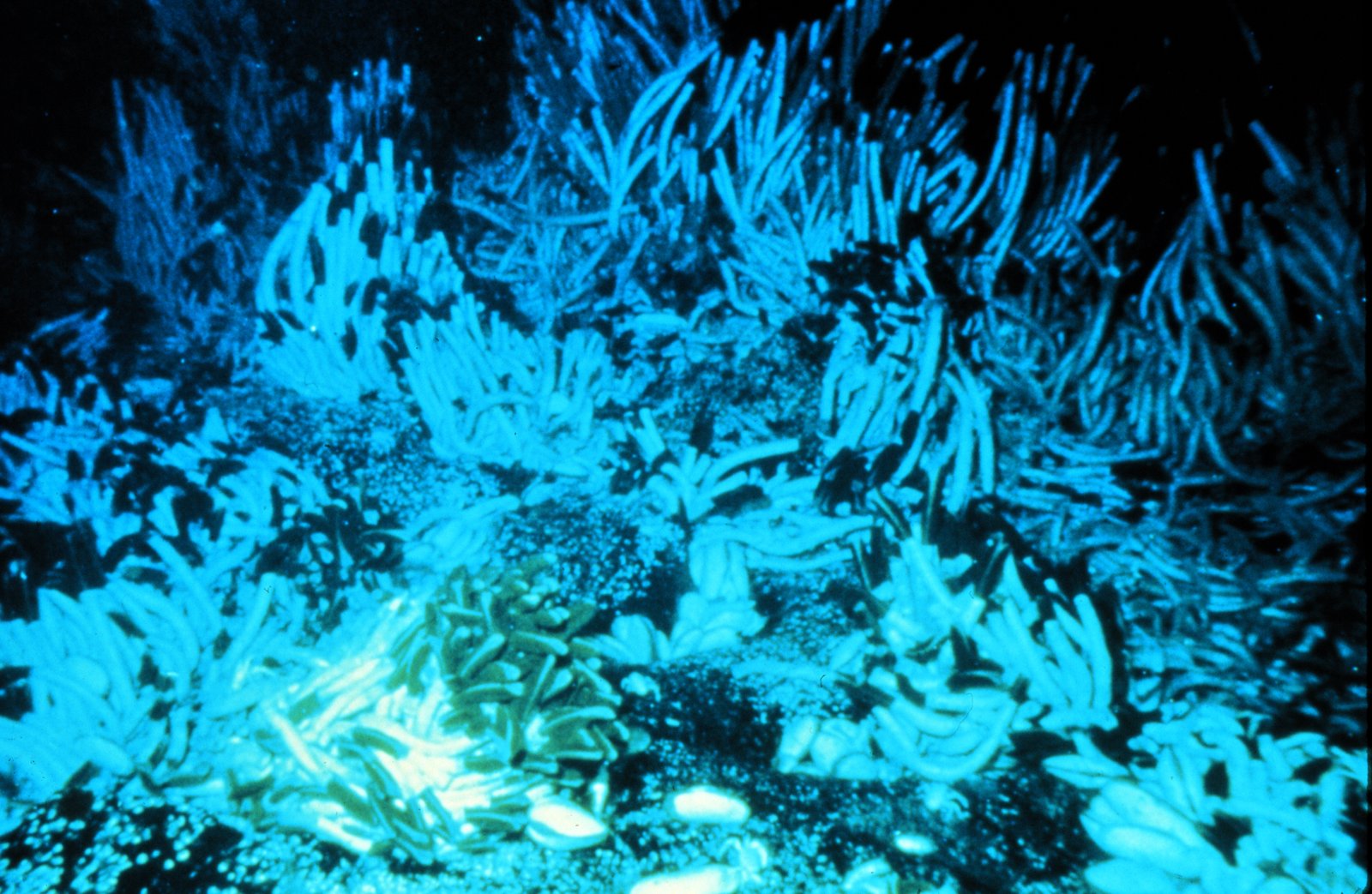
Hydrothermal vents are among the most hostile places on Earth, spewing boiling-hot, mineral-rich water into the icy sea. Yet, life flourishes here—giant tube worms, clams, and shrimp all cluster around the vents, relying on symbiotic bacteria to convert toxic chemicals into food. These animals have evolved to handle both the intense pressure and the poisonous environment, turning a deadly place into a cradle of abundance.
Gigantism and Miniaturization: Size Matters at Depth
The deep sea is home to some of the largest—and smallest—creatures on Earth. Gigantism, like that seen in the colossal squid, is common, possibly because being bigger helps store more energy or withstand cold and pressure. On the other hand, some animals are incredibly tiny, which might help them avoid predators or squeeze into tight spaces. Whatever the reason, the deep is a world of extremes, where size is just another survival tool.
Camouflage and Stealth: Hiding from Predators in the Deep
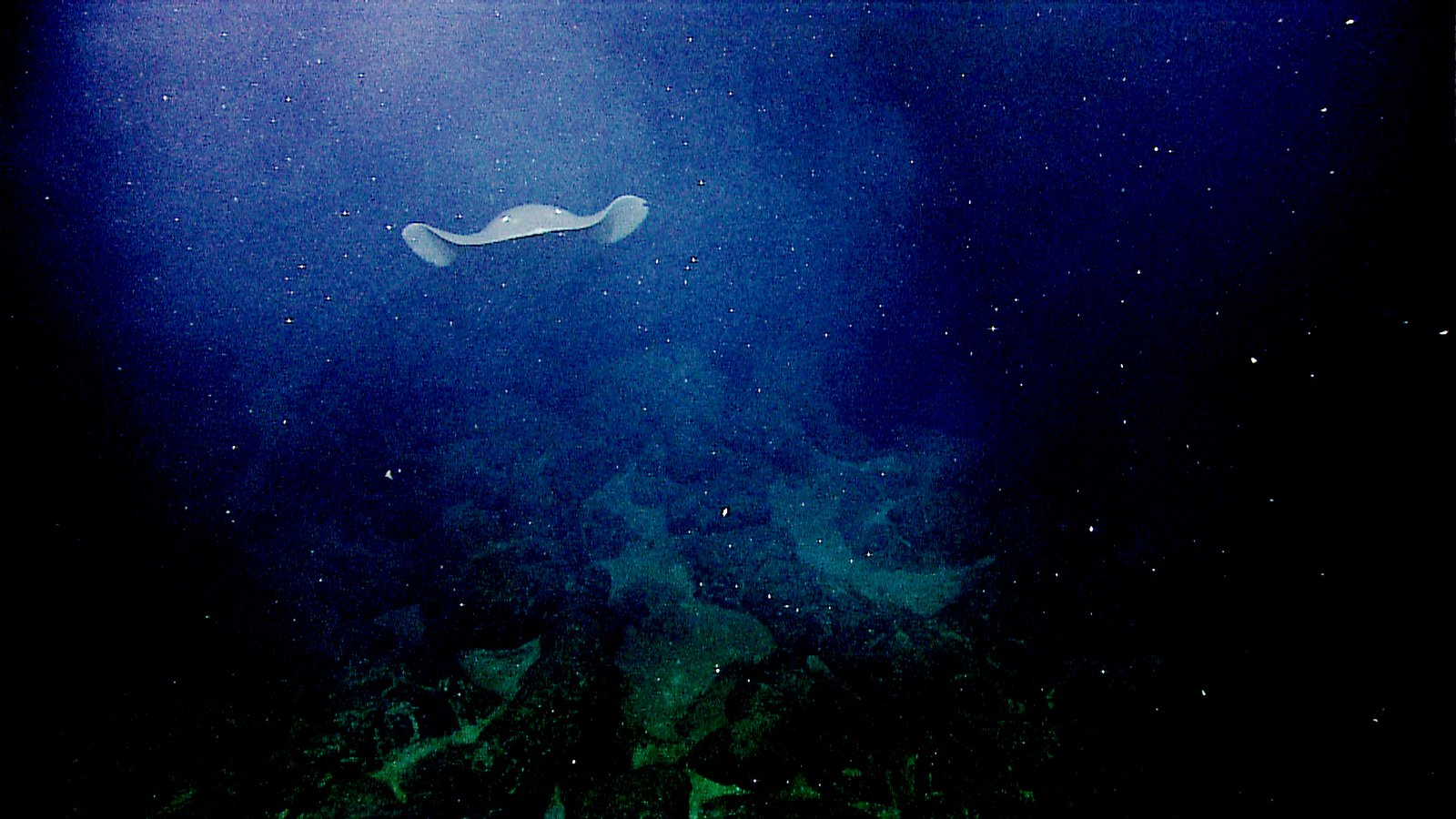
In a place where light is scarce, being invisible is a powerful defense. Many deep-sea animals are masters of camouflage, with transparent bodies, reflective scales, or the ability to change color. Some even produce counter-illumination, glowing on their bellies to blend in with the faint light from above. It’s a perpetual game of hide and seek, played out in slow motion under tons of water.
Human Inspiration: What We Can Learn from the Deep
The survival strategies of deep-sea creatures are inspiring scientists and engineers in surprising ways. Researchers are studying their proteins and membranes to design better medicines, pressure-resistant materials, and even new ways to preserve food. By understanding how nature solves the puzzle of surviving under immense pressure, we might unlock secrets that help us thrive in extreme environments on Earth—and maybe even beyond.
Endless Adaptation: The Future of Deep-Sea Life
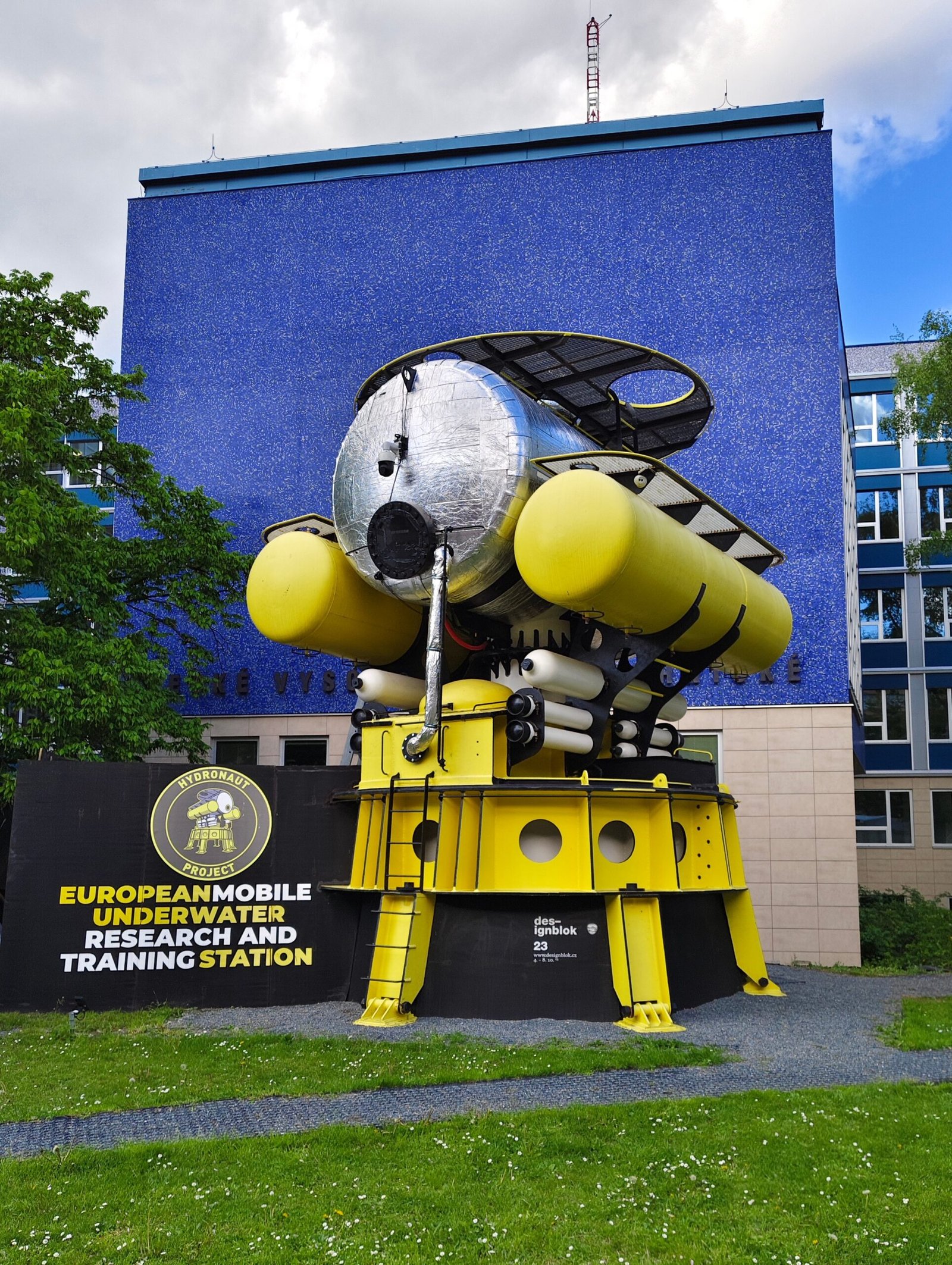
The deep sea is still largely unexplored, with new species being discovered every year. As climate change and human activity reach even these remote depths, deep-sea creatures will face new challenges. Their incredible ability to adapt—whether through flexible bodies, special chemistry, or unexpected partnerships—offers hope that life can persist, no matter how dark or daunting the world becomes.




